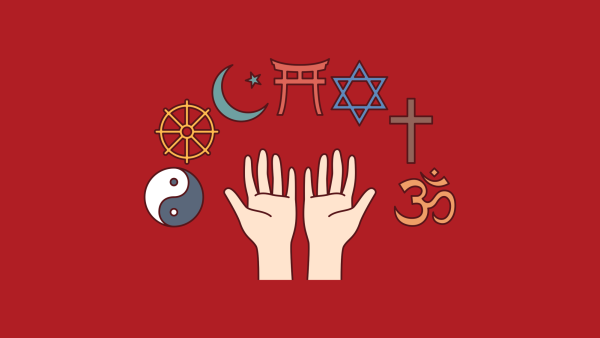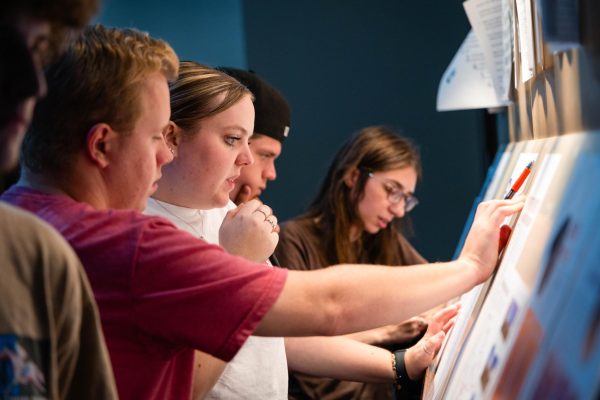Not Your Typical Woman: ‘Salem’ pits powerful witches against Puritanical fanaticism
April 16, 2015
“Salem” brings to viewers a no-holds-barred universe of witches. Unlike many witchcraft-themed shows and movies, “Salem” is gory and realistically brutal. Much like the title suggests, “Salem” is a fictional retelling of the Salem witch trials in colonial Massachusetts. Recently returning for its second season, the show offers the story from the other side of history—the perspective of the witches in the town.
The show plays off religious ideas of good and evil, asking viewers to re-examine who is God and who is Devil. In Salem, Christians are pitted against multiple Pagan tribes. Each believes they are working for the greater good.
“Salem” is a complex show that comments on the brutality of forming a nation. The show also addresses the many faces of American identity— the same vs. the other. The series is placed in colonial times, when the country was fresh and the powerful still unstable.
“Salem” allows viewers to explore what it means to belong to the ‘other’ America— it is an aggressive example of disenfranchised rebellion. The witches, though powerfully charged with magical gifts, are presented as a persecuted race of people fighting alongside many other colonists for a new country. The new world was a race to power— with several groups, nations and religions struggling for dominance. The witches want their own shot at freedom. They want all the rights of expression and identity the American founding fathers immigrated for.
The witches are a symbol of the fringe groups surrounding Christian caucasians. They represent a growing number of marginalized peoples left in the wake of Puritanical fanaticism.
The women of Salem are accosted through religious oppression and extreme patriarchy. Girls are routinely treated as possessions while the women of the town are effectively silenced through extensive social expectations. Salem’s Witchcraft rose as an answer to the misogynistic and racist values undermining more than half of the new world’s population. The women stand for a generalized face of growingly violent, marginalized groups—fighting the pervasive force of patriarchy by any means necessary.
Mary Sibley, the show’s protagonist, is a woman who endured a lifetime of Puritanical hardship. In response to losing her love interest John Alden to war, she chooses to sacrifice her illegitimate first born son to join the anti-establishment cause. After she is initiated, Mary sets her sights on taking the over the leader of Salem— head selectman George Sibley. By choosing the most powerful man in Salem, she inverts his power and manipulates his wishes to suit her own. As his legal proxy, she, with the aide of her cohorts, brings down the town from within.
Mary, slyly aware that she is warping patriarchy by corrupting the figurehead of masculinity, brilliantly kindles a witch panic, using the mania to turn brother against brother.
Though the show is centered on Mary, other female characters consistently question her leadership. Because the women in Salem have limited paths to power and influence, characters like Mercy Lewis and older members of the coven challenged Mary in the first season as she grew closer to her grand rite. Mercy, initially a tool used by the coven to perpetuate the mass hysteria, embraced the privileges associated with witchcraft— under the tutelage of Mary Sibley, she became a a powerful figure, though increasingly dangerous to Mary herself.
The second season, which started earlier this month, brings a new problem for Mary. Countess Marburg (Lucy Lawless) arrived in the first episode, ushering in an exciting antagonist. This season will be the ultimate test for Mary. Countess Marburg is the self-described “last of the first ‘true’ witches,” apparently hailing from antiquity. A power struggle for the fate of Salem and the new world is on the horizon as Mary and Countess Marburg struggle to decide who is truly in charge.
























